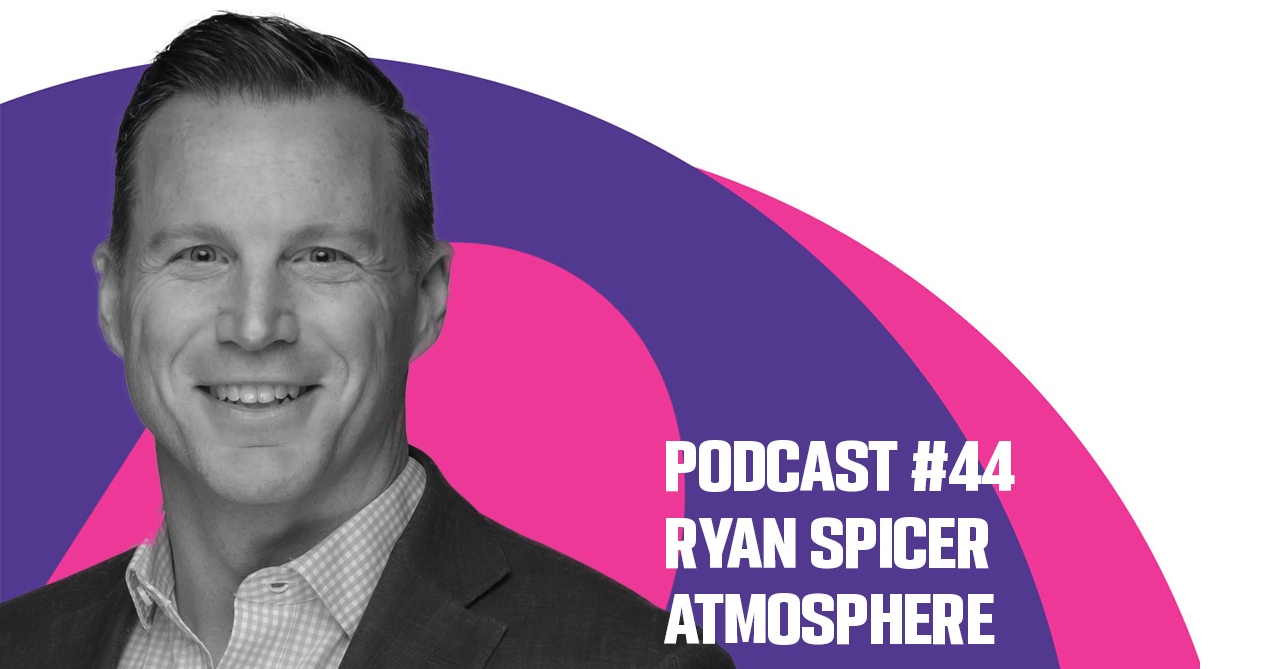As much as it gets criticised by some corners of the industry, and some specific measurement bodies have come under fire, the traditional panel methodology for measuring TV viewing remains the gold standard in TV. Even in an era of digital delivery and automatic content recognition (ACR) big data sets, panels remain the basis for how TV is traded in the US and Europe.
Some criticisms of panel-based measurement – where a small segment of the total population, weighted for different demographics, has all their viewing measured voluntarily – are unfair. One fairly common attack is to simply point to the small size of panels used, compared with the total population, and ask how they can possibly be accurate. The statistical truth is that, so long as panels are built well, relatively small sample sizes are generally very accurate in representing the entire population.
But there are inherent issues with panels. Zero ratings are a big one in TV. With a panel of around 5000 (roughly the size of Barb and Médiamétrie’s panels in the UK and France respectively), and hundreds of TV channels available in each market, there will always be some channels which none of those panellists are watching. This is particularly the case during the day time on weekdays, when many panellists won’t be watching TV at all.
It’s likely that at least a few people will be watching these channels. But with no data to go on, they receive a zero rating. For channels which receive frequent zero ratings (which will often be smaller, more niche channels), it’s harder to sell inventory to advertisers and agencies when you can’t give them any data on who is watching. Media planners themselves meanwhile potentially miss out on small but valuable audiences who are watching these channels.
Konodrac, an ad tech company which creates solutions using HbbTV (hybrid broadcast broadband TV) technology, says that merging its own viewing data with panel data has helped eliminate this problem for Spanish broadcasters. And given HbbTV’s wide availability throughout Europe, the same technique could apply to other European markets too.
Bringing zero ratings down to zero
HbbTV is a standard for hybrid digital TV, using both broadcast and broadband to deliver TV content. HbbTV allows, among other things, digital overlays to be placed on broadcast TV content, and digitally-delivered addressable ads to be inserted into linear broadcast TV channels. The standard is widely adopted by various players across Europe, and the majority of TV sets are compatible with HbbTV in many major markets.
The ‘broadband’ element of HbbTV means that digital-style granular measurement of each individual TV set is possible. Konodrac for example gets data from 12.5 million households in Spain and has agreements with the majority of Spanish broadcasters to access data from their channels. The company offers measurement capabilities of its own using this data.
This data on its own has value, but isn’t appropriate as a currency for various reasons. The entire population isn’t covered, but unlike a measurement panel, the data which companies like Konodrac see isn’t weighted to be representative of the overall population. And panel owners have specific technologies which allow them to know who exactly within a household is watching at any given time, giving them accurate demographic data which HbbTV companies don’t have. However there is potential for this data to strengthen panel-based measurement data, filling in some of the gaps missed by smaller panels.
Kantar, Spain’s main TV measurement body, has worked on folding Konodrac’s large HbbTV dataset into its Television Audience Measurement (TAM) panel data. Konodrac’s data is used to virtually expand its panel, through mathematical processes which enable it to match up the larger dataset with Kantar’s own data, ultimately allowing it to map Konodrac’s data to the individual level of its own panel. A proof of concept trial was carried out with RTVE in 2019, and then repeated with more than ten channels in 2022.
These datasets combined give a much smoother picture of how TV viewing fluctuates throughout the day. Panel-based measurement can result in ratings which quickly shoot up or plummet, as panellists switch on and off of channels. The fused dataset meanwhile produces more gradual rises and falls.
And zero ratings are much lower. For example, even major channels run by Spain’s public service broadcaster RTVE see high levels of zero ratings. La2, 24 Horas, Clan, and Teledeporte have 20 percent, 16 percent, 19 percent, and 37 percent of their airtime zero rated under TAM. With the fusion panel this falls to zero percent for all except Teledeporte, which sees two percent of minutes zero rated.
“That level of quality of information is a massive, massive win for these channels,” says Moritz Wuttke, vice chairman at Konodrac. “They can now show advertisers not only that they have hardly any zero ratings, but they can also show which age groups are watching at which times.”
Broadcasters themselves agree. “The consumption data from HbbTV and our OTT provided with Konodrac’s technology allows our channels, which are not well represented in the official audiometric panel, to have the necessary information to make strategic decisions regarding our content,” says Miquel Herrada, COO of local broadcaster XAL. “With this data we know the results and audience impact of all our content.”
A glimpse of a hybrid future
The strategy of using massive datasets to strengthen panel-derived measurement data is playing out in other markets too, with other types of data. In the US for example, Nielsen has partnered with LG Ad Solutions to use LG’s ACR data in its national TV measurement service.
But Konodrac CEO and founder Jordi Gilabert sees a specific opportunity for HbbTV-derived data in the European market. As mentioned before, the majority of TV sets in many major European markets are HbbTV-compliant, meaning data isn’t limited to specific TV set manufacturers. And with HbbTV-delivered targeted ads becoming increasingly prevalent across the continent, HbbTV vendors are best placed to measure addressable ad delivery on channels which run addressable ads.
Regardless, the work in Spain provides a concrete example of how big datasets can work alongside panel-based data, with the two together providing a stronger offering than either can individually. Like Kantar and Nielsen, major measurement bodies are becoming more and more open to working with new data sources. For TV measurement, the future looks increasingly hybrid.




